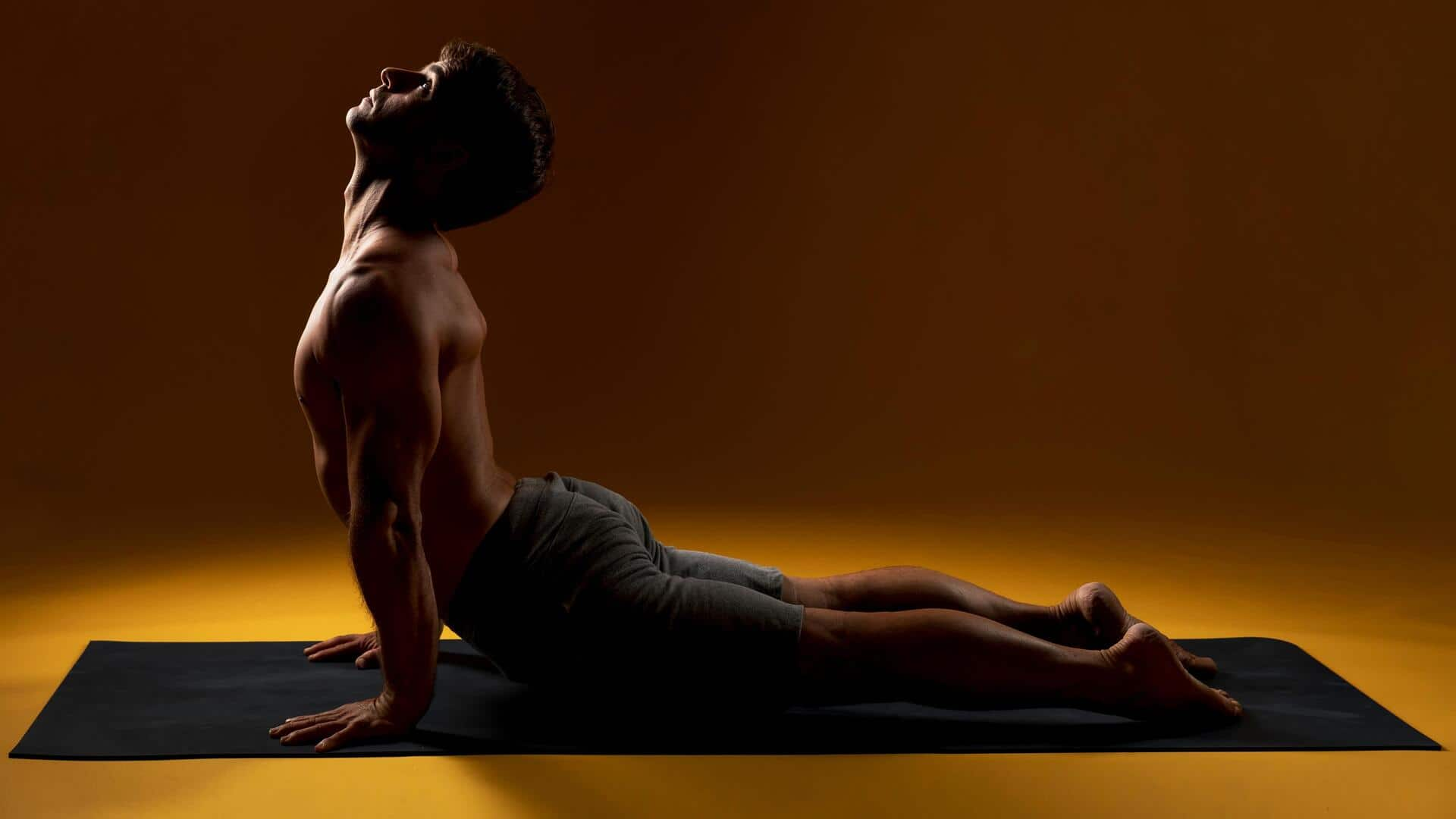
Sweat, stretch, thrive: Hot yoga's recipe for holistic wellness
What's the story
Hot yoga, a practice that combines traditional yoga poses in a heated studio environment, has surged in popularity as enthusiasts across the globe embrace the unique blend of physical exertion and mental focus. A marriage of heat, movement, and mindfulness, hot yoga creates a holistic practice that addresses mental and physical well-being. Slightly different from traditional yoga, hot yoga claims to have many benefits.
Concept
What is hot yoga?
Hot yoga essentially refers to yoga practiced in a space that is heated above room temperature. The temperature can be adjusted to the yoga instructor's preference. It is usually set between 27 and 38 degrees Celsius. Hot yoga releases toxins through sweating by combining the concepts of heat and exercise. The sequence and postures, or asanas, might change from class to class.
Benefits
Benefits of hot yoga
The heat in hot yoga studios helps to relax muscles and increase flexibility. Besides, the combination of dynamic movements and heat enhances blood circulation. Sweating is a natural mechanism for detoxifying the body. The elevated temperature in hot yoga studios promotes sweating, aiding in the release of toxins through the skin. Hot yoga emphasizes mindfulness and controlled breathing, promoting relaxation and stress reduction.
Preparation
How to prepare for hot yoga
Stay hydrated throughout the day. If you eat before yoga, give yourself two hours so that your digestion can catch up with the session. Arrive at your studio at least fifteen minutes early to give yourself some time to get used to the space before the session starts. Wear stretchable activewear, as baggy clothes will get soaked soon and weigh you down easily.
Challenges
Note these factors
In general, hot yoga is safe. However, there are safety concerns with hot yoga as with any workout. Before doing this kind of yoga, people with cardiovascular issues, such as heart disease, a history of stroke, heat intolerance, or heat stroke, should consult their doctor. Additionally, hot yoga can lead to excessive sweating which may also induce dehydration.